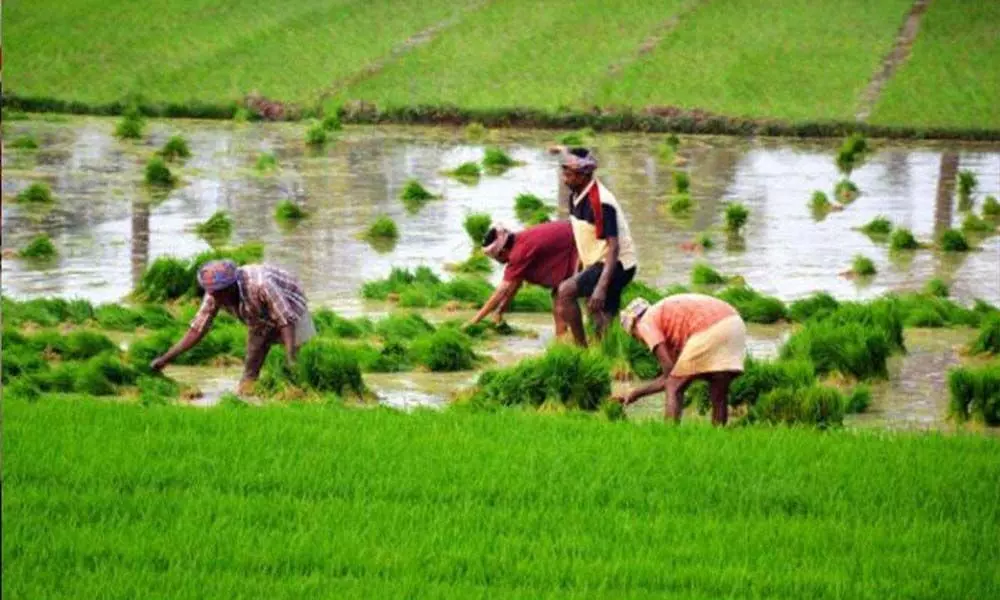
India needs a farm trade policy based not on import protection, but expanding and diversifying its exports.
Now that the India-UK Comprehensive Economic and Trade Agreement (CETA) has been sealed, the focus shifts to the more challenging deal with the US. A major stumbling block to inking even an interim free trade agreement before US President Donald Trump’s August 1 deadline — to either sign or face so-called reciprocal tariffs of up to 26 per cent — is agriculture. India does not want to open up its market for American soyabean, corn (maize), ethanol and dairy products. What this defensive stance misses is the potential loss from the fact that India’s agricultural exports to the US, at $6.2 billion in 2024, exceeded its imports of $2.4 billion. A 26 per cent tariff will definitely hurt Indian seafood exports to the US that alone was valued at $2.5 billion.
That loss would be a gain for the likes of Ecuador and Chile, slapped with only the 10 per cent baseline tariff. On the other hand, the fear of US farm imports is more about perception than reality. Take dairy, where the US isn’t as big an exporter of milk powder, butter and cheese as New Zealand and the European Union. Or soyabean, where India imported over $5 billion worth of its oil during 2024-25. The bulk of that was from Argentina and Brazil, with the US share at just $126.3 million. The US is, no doubt, cost competitive in corn and the world’s biggest producer as well as exporter. But corn is basically a feed grain, also increasingly being used as a biofuel feedstock.
Allowing imports would benefit India’s dairy and poultry farmers grappling with rising feed costs, aggravated by the diversion of corn for fuel ethanol production. The sheer demand growth makes corn imports by India inevitable, whether from the US or elsewhere.
India needs a farm trade policy based not on import protection, but expanding and diversifying its exports. That happened during 2003-04 to 2013-14, when the country’s agriculture exports soared from $7.5 billion to $43.3 billion and new markets were created in products from basmati rice and buffalo meat to frozen shrimps, guar gum meal, chilly and seed spices. Since then, exports have hardly grown to about $52 billion in 2024-25. Even worse have been shipment curbs — on rice, wheat, sugar or onion — clamped at the slightest indication of domestic supply shortfalls.
CETA has been a refreshing departure, with India successfully negotiating duty-free access for its exports of seafood, processed foods, spices, fruit and vegetables to the UK, while simultaneously offering to cut tariffs on imports of whisky, chocolates, soft drinks and salmon from the latter. A similar confident approach of export proactiveness rather than import defensiveness is required in deals with other countries — the US included.



